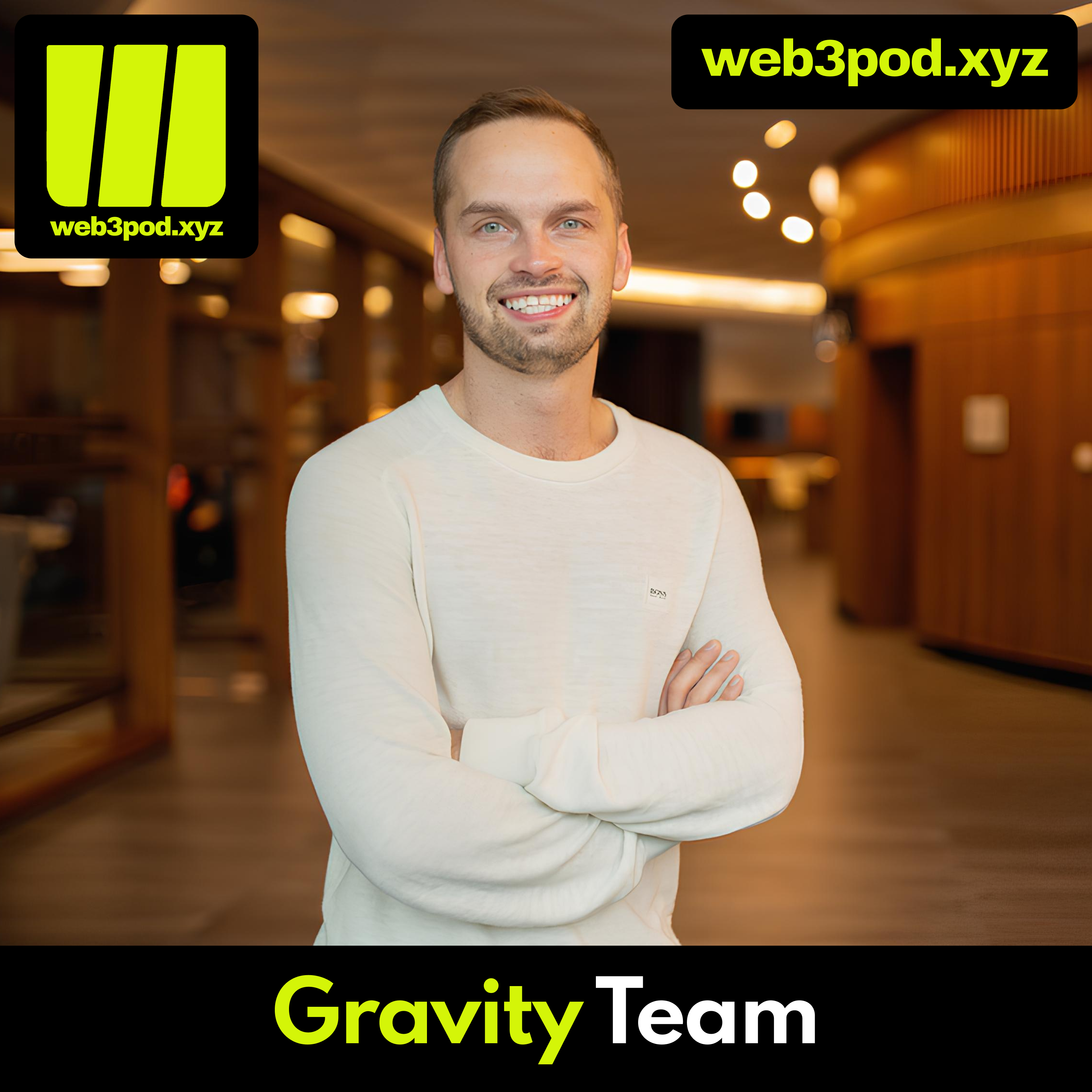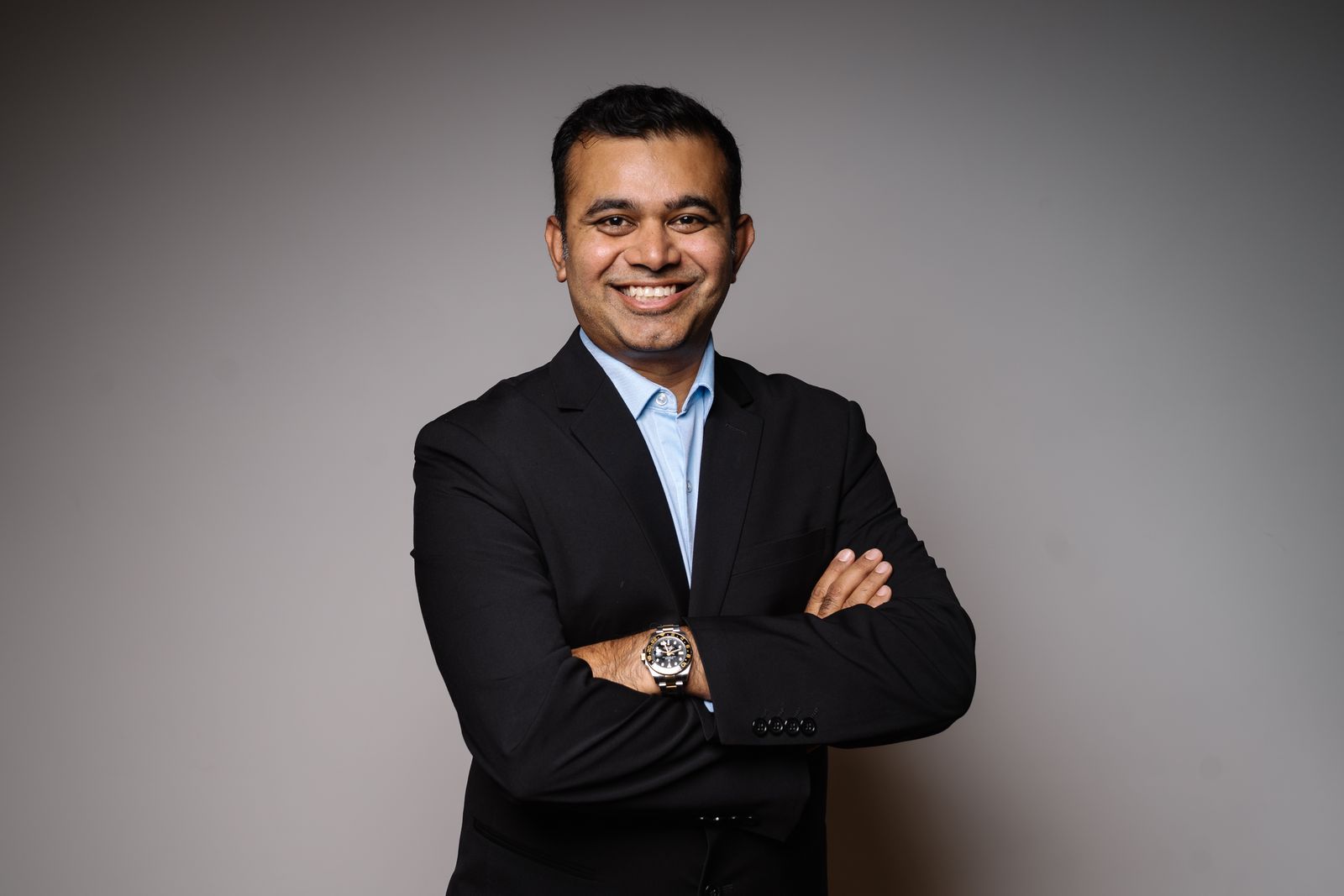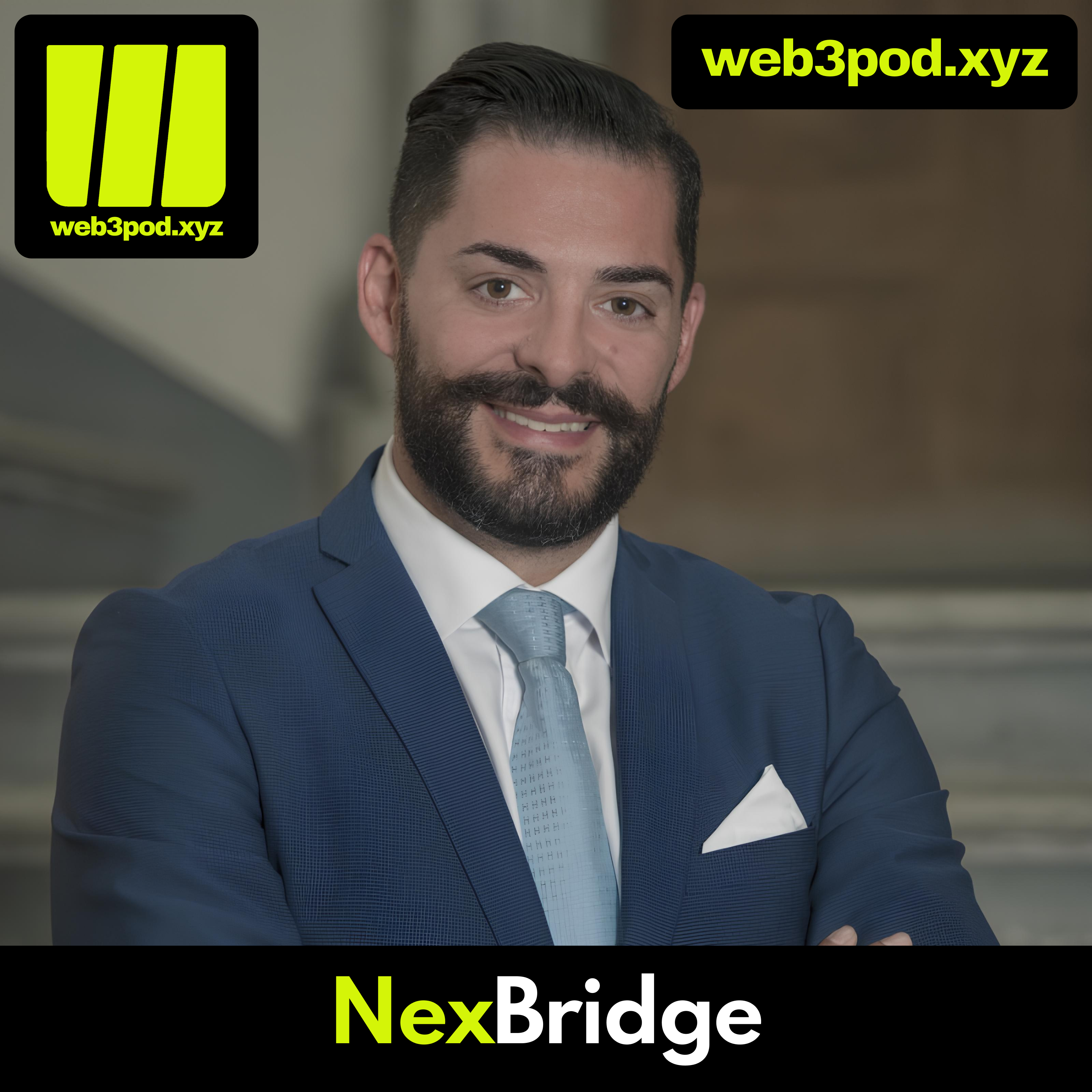Market making mastery: lessons from Gravity Team’s journey to trading 1% of crypto spot volume

Good market makers survive with or without you.
That’s the kind of clarity you get when speaking to someone like Martins Benkitis from Gravity Team—a crypto-native trading firm that started from a simple arbitrage opportunity and now handles 1% of global spot crypto volume.
In this episode of Web3 with Sam Kamani, Martins dives deep into the evolution of market making, what founders should look for in liquidity partners, and why he believes stablecoins and payments are the next trillion-dollar disruption.
From arbitrage in Thailand to a global trading firm
Gravity Team’s story begins in 2017, when Martins spotted inefficiencies in the Thai crypto market. Back then, they were a pure prop trading desk, looking for price gaps and exploiting latency.
But they didn’t stop there.
Over time, Gravity evolved into a full-stack trading partner: combining market making, high-frequency trading (HFT), OTC services, treasury management, and infrastructure support—all under one roof.
Today, they operate out of Latvia, Singapore, and beyond, backing the Web3 ecosystem not just with liquidity, but with capital and infrastructure.
Why token founders should ask better questions
According to Martins, the biggest mistake founders make is not properly vetting their market makers.
His advice?
Ask them: “Would your firm still be profitable without my token?”
A true market maker isn’t relying on your project to survive. They should already be competing—and winning—on the open market.
Founders should look for partners who offer more than just spreads: think strategic advisory, exchange integrations, and the ability to manage your treasury and cash flow.
Stablecoins + payments = the next frontier
One theme Martins returns to is the explosion of stablecoin-powered payments. He sees massive potential in this space—particularly in disrupting traditional cross-border remittances, a $2.3 trillion industry weighed down by fees and legacy rails.
Gravity is already investing in projects building the infrastructure for this, betting on teams that can become the “Stripe for stablecoins.”
This isn’t just speculation—it’s a strategic bet on where crypto meets real-world utility.
Lessons from trading 1% of spot volume
Despite their size, Gravity still runs a proprietary trading arm alongside client services. Their strength lies in leveraging this experience to guide early-stage projects and evaluate investments. They’ve backed teams like Cookie3 and Usual Labs—and are actively looking for others that align with their infrastructure and trading expertise.
One key lesson Martins shared:
“If I could go back, I would’ve scaled faster and taken more risks earlier.”
But risk, he clarifies, must be mission-aligned. It’s not about chasing hype. It’s about building systems that are resilient in both bull and bear markets.
Gravity is hiring—and expanding
Whether you're a trader, a founder, or someone building the next stablecoin rails, Gravity is open for collaboration. They’re hiring globally and backing infrastructure-level projects across the Web3 ecosystem.
You can check them out at:
gravityteam.co
LinkedIn - Gravity Team
Martins Benkitis
Final thoughts
Gravity Team isn’t just another trading desk—they’re quietly building the invisible plumbing of Web3.
From their HFT roots to their evolving role as investors and liquidity providers, Martins gives us a clear picture of what it takes to thrive in crypto markets—not just survive them.
This episode is a must-listen for any founder thinking about launching a token, anyone building infrastructure, or anyone curious about what’s really happening behind the scenes of crypto trading.
Listen here:
Spotify – Episode 259
Apple – Episode 259
—
Learn more or be a guest: Web3pod.xyz

%20(1).png)
.png)

